In March, UK CPI was unchanged at 1.9% yoy, below expectation of 2.0% yoy. Core CPI was also unchanged at 1.8% yoy, below expectation of 1.9% yoy. RPI slowed to 2.4% yoy, down from 2.5% yoy and miss expectation of 2.6% yoy.
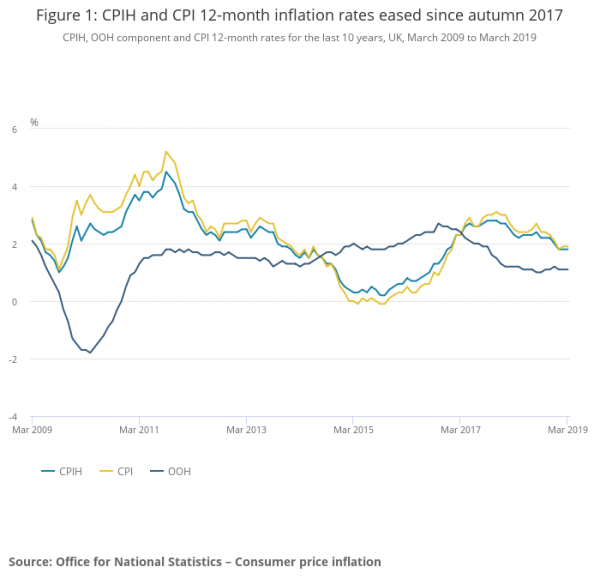 PPI input dropped -0.2% mom, rose 3.7% yoy, below expectation of 0.3% mom, 3.9% yoy. PPI output rose 0.3% mom, 2.4% yoy, versus expectation of 0.2% mom, 2.1% yoy. PPI output core rose 0.02% mom, 2.2% yoy versus expectation o f0.1% mom, 2.2% yoy..
PPI input dropped -0.2% mom, rose 3.7% yoy, below expectation of 0.3% mom, 3.9% yoy. PPI output rose 0.3% mom, 2.4% yoy, versus expectation of 0.2% mom, 2.1% yoy. PPI output core rose 0.02% mom, 2.2% yoy versus expectation o f0.1% mom, 2.2% yoy..
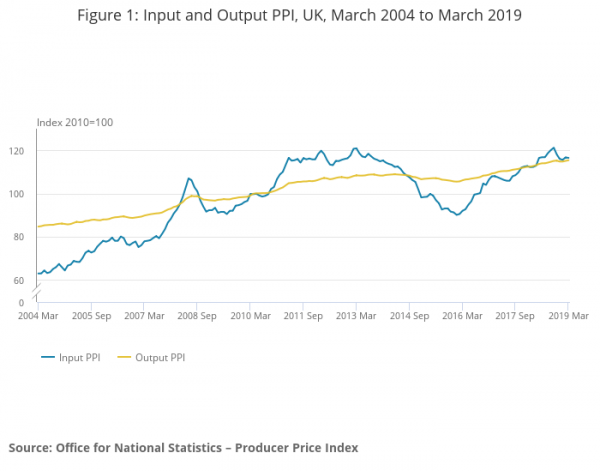 House price index rose 0.6% yoy in February, well below expectation of 1.3% yoy.
House price index rose 0.6% yoy in February, well below expectation of 1.3% yoy.
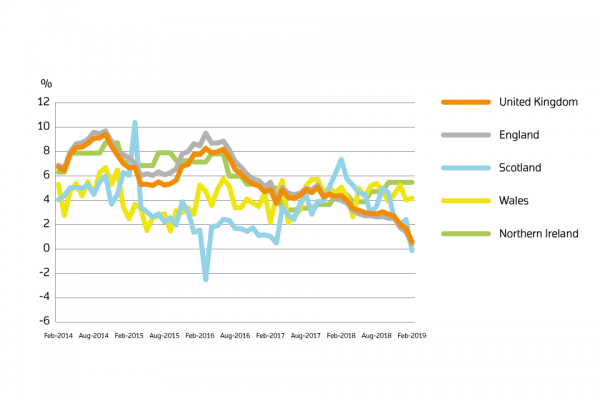 EUR/GBP rises mildly today mainly due to Euro’s strength. Sterling’s reaction to the data set elsewhere is muted.
EUR/GBP rises mildly today mainly due to Euro’s strength. Sterling’s reaction to the data set elsewhere is muted.




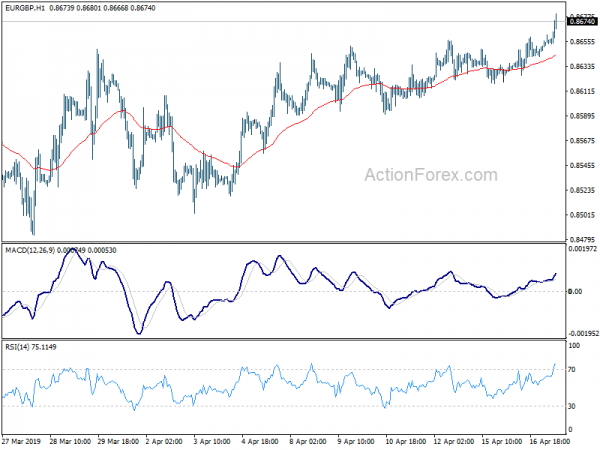
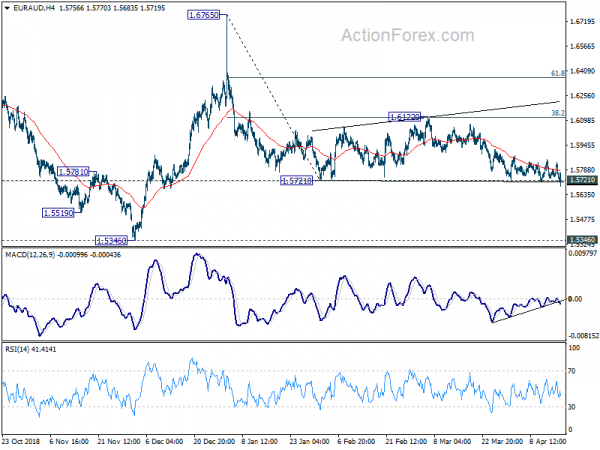
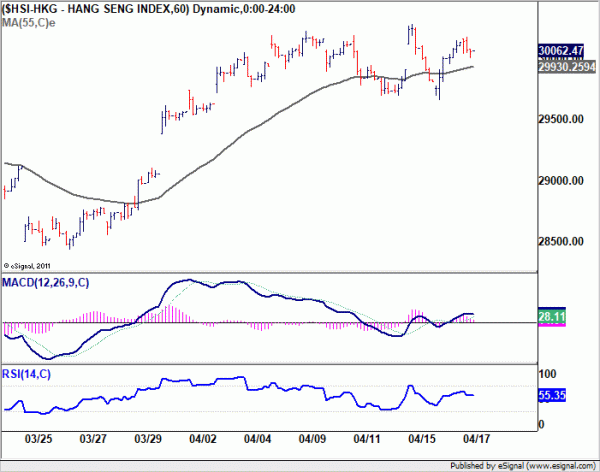
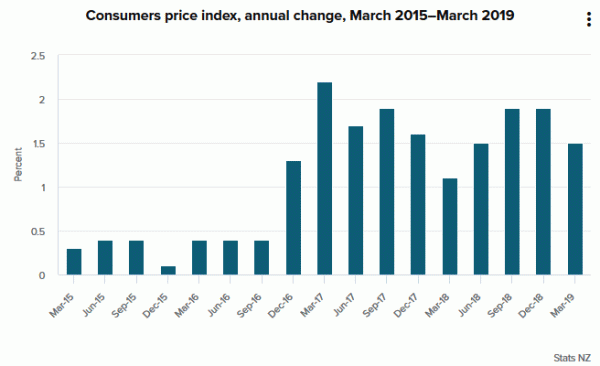
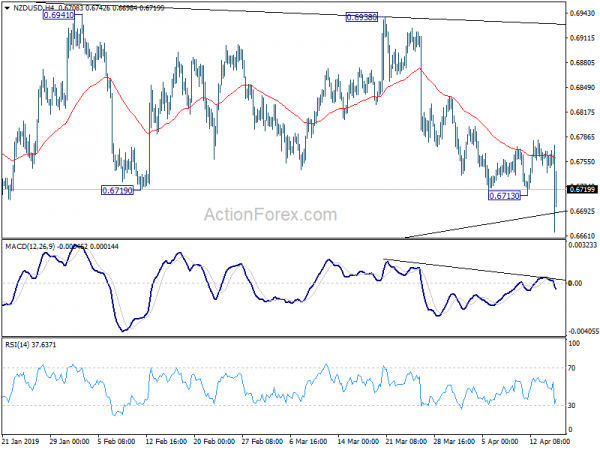
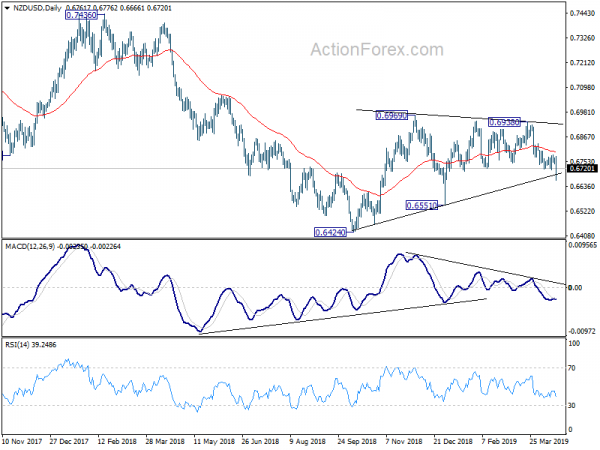
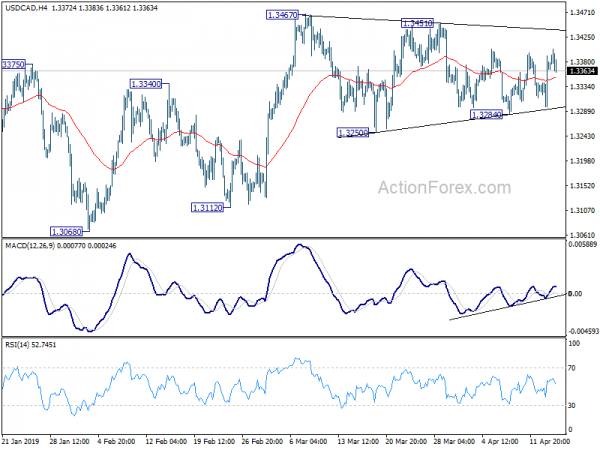
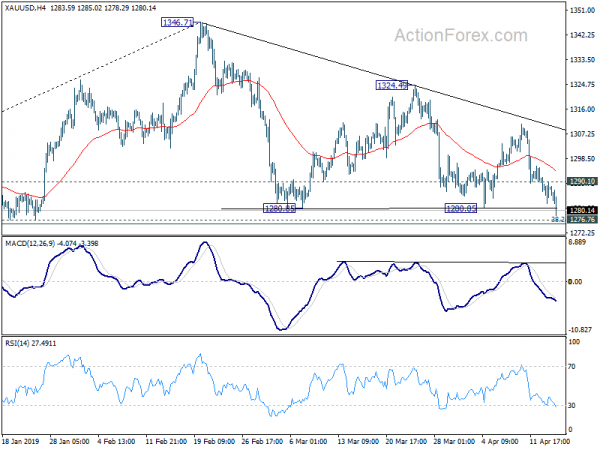
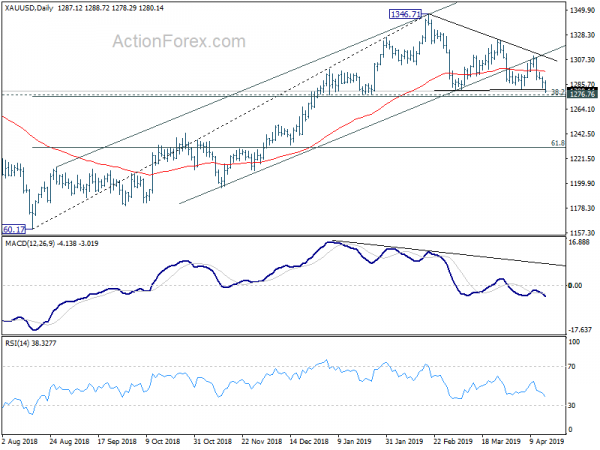
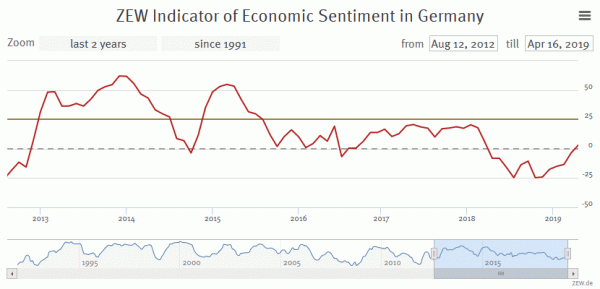
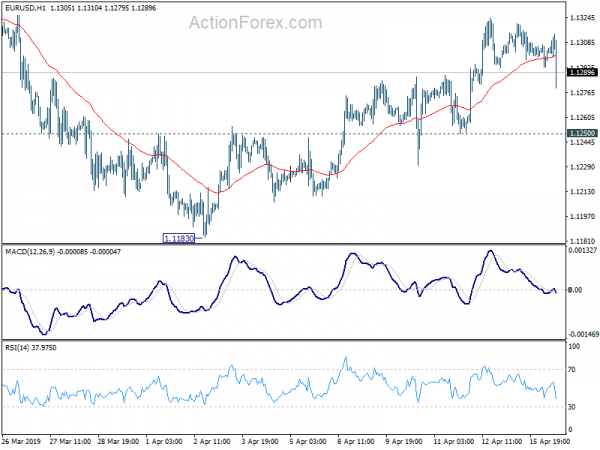
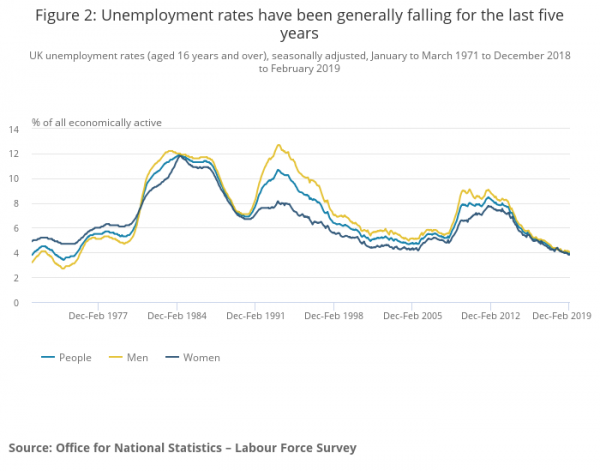
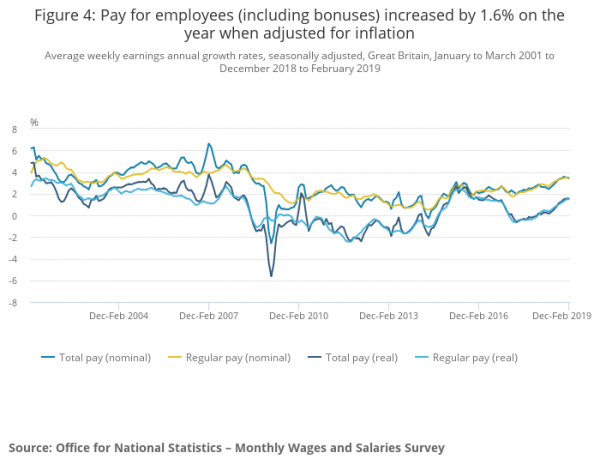
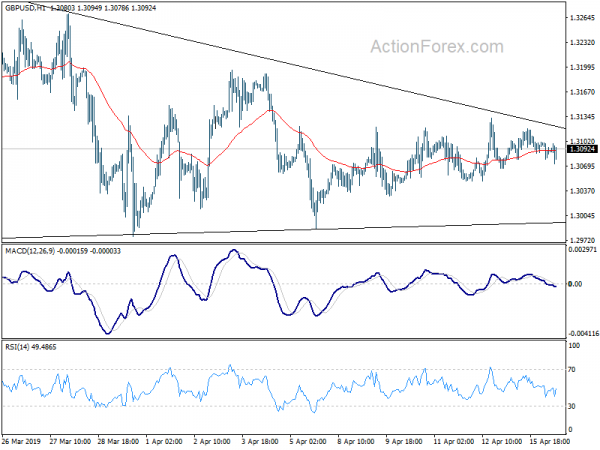
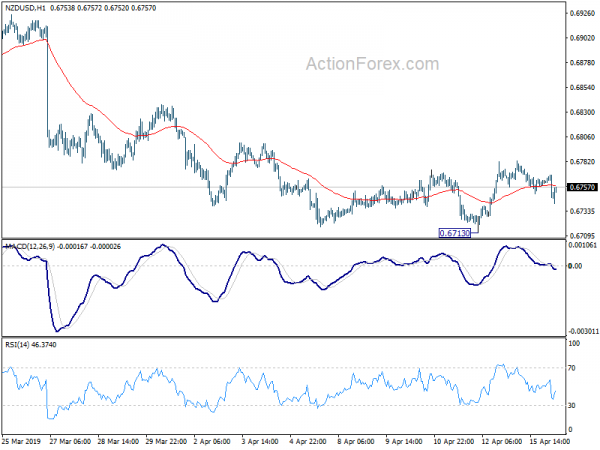
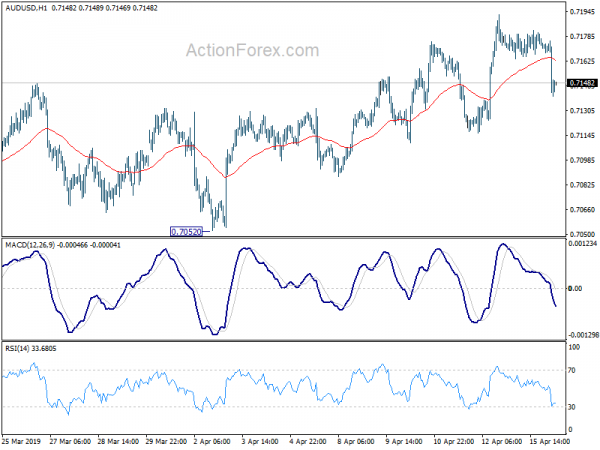
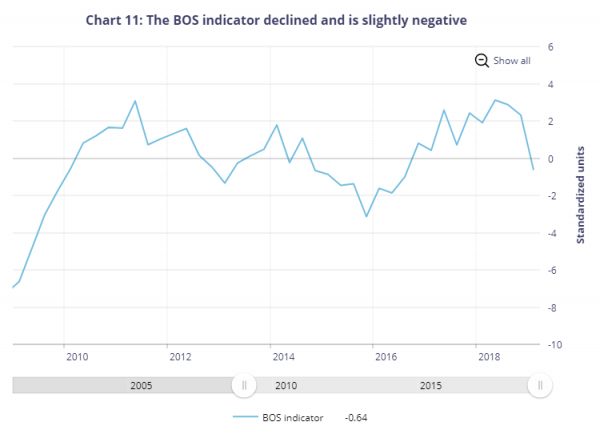
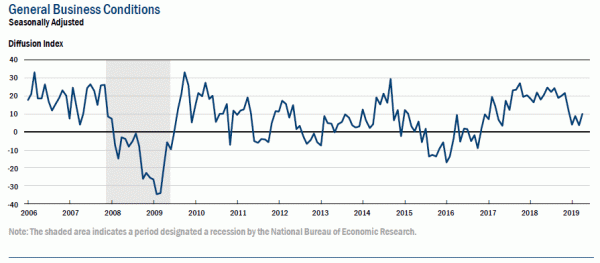

Eurozone CPI confirmed at 1.4%, core at 0.8%
Eurozone CPI was finalized at 1.4% yoy in March, unrevised, down from 1.5% yoy in February. Core CPI was finalized at 0.8% yoy, unchanged from February’s reading. EU28 inflation was confirmed at 1.6% yoy.
The highest contribution to the annual euro area inflation rate came from energy (+0.52 percentage points, pp), followed by services (+0.51 pp), food, alcohol & tobacco (+0.34 pp) and non-energy industrial goods (+0.04 pp).